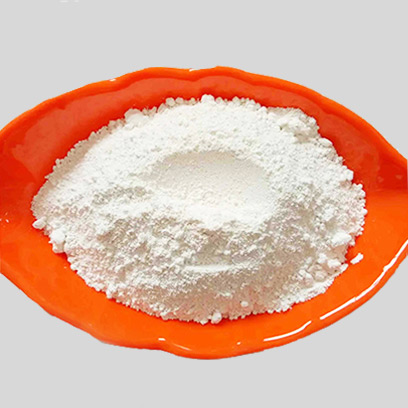
Nov . 01, 2024 18:33 Back to list
Titanium Dioxide Suppliers for Plastic Applications and Their Key Benefits
The Role of TiO2 in Plastics A Comprehensive Overview
Titanium dioxide (TiO2) is an essential pigment widely used in various industries due to its outstanding properties, particularly in the plastic industry. As a supplier of TiO2 for plastic applications, it is crucial to understand both the characteristics of this compound and its significant role in enhancing the quality and performance of plastics.
What is Titanium Dioxide?
Titanium dioxide is a naturally occurring oxide of titanium with a chemical formula of TiO2. It is known for its high refractive index and excellent opacity, making it one of the most effective white pigments available. Its purity and brightness contribute to its popularity in numerous applications, including paint, coatings, and, importantly, plastics.
Applications in Plastics
In plastic manufacturing, TiO2 serves multiple purposes. Its primary function is as a pigment to enhance the whiteness and brightness of products. Whether it’s in packaging, automotive parts, or consumer goods, TiO2 provides a vibrant finish that improves the aesthetic appeal of plastic products. Furthermore, the inclusion of TiO2 enhances the durability of plastics by providing resistance against UV radiation, which can lead to fading and degradation over time. This UV stability extends the lifespan of plastic products, making them more suitable for outdoor applications.
Benefits of Using TiO2 as a Plastic Additive
1. Color Quality TiO2’s ability to provide a brilliant white color is unmatched. It is often used in combination with other colorants to achieve desired shades without compromising opacity.
tio2 used in plastic supplier

2. UV Protection Plastics infused with TiO2 can effectively block harmful UV rays, which is vital for products meant for outdoor use. This characteristic helps maintain color integrity and mechanical properties over time.
3. Durability The addition of TiO2 enhances the physical properties of plastics, including tensile strength and impact resistance. This makes the end products more robust and less prone to wear and tear.
4. Environmental Considerations TiO2 is considered non-toxic and photostable, making it a safer alternative compared to other synthetic pigments, which may release harmful substances over time.
Challenges and Considerations
While the benefits of TiO2 in plastics are substantial, there are challenges to consider as well. Regulatory scrutiny regarding the safety of TiO2, particularly in its nanoscale form, has increased in recent years. As a supplier, it is essential to comply with regulations and ensure that the TiO2 you provide meets safety standards for consumer products.
Conclusion
As the demand for high-quality and durable plastics continues to grow, the importance of TiO2 as a key ingredient cannot be overstated. Its unparalleled whitening properties, UV protection, and strength-enhancing qualities make it an indispensable component in the plastic industry. Suppliers of TiO2 must not only focus on the performance attributes of this pigment but also stay informed about regulatory changes and safety considerations. By doing so, they can ensure that they meet the evolving needs of manufacturers while contributing to the sustainability and longevity of plastic products in the market.
-
Premium 6618 Titanium Dioxide for GPT-4 Turbo Applications
NewsJul.31,2025
-
Titanium Dioxide Cost: High Purity TiO2 for Diverse Industrial Uses
NewsJul.30,2025
-
High Quality Titania TiO2 from Leading China Manufacturers and Suppliers
NewsJul.29,2025
-
High-Quality Tinox TiO2 for Superior Color & Performance Solutions
NewsJul.29,2025
-
High Quality Titania TiO2 from Leading China Supplier & Manufacturer
NewsJul.29,2025
-
High-Performance r6618 TiO2 for Superior Whitening and Versatility
NewsJul.28,2025
